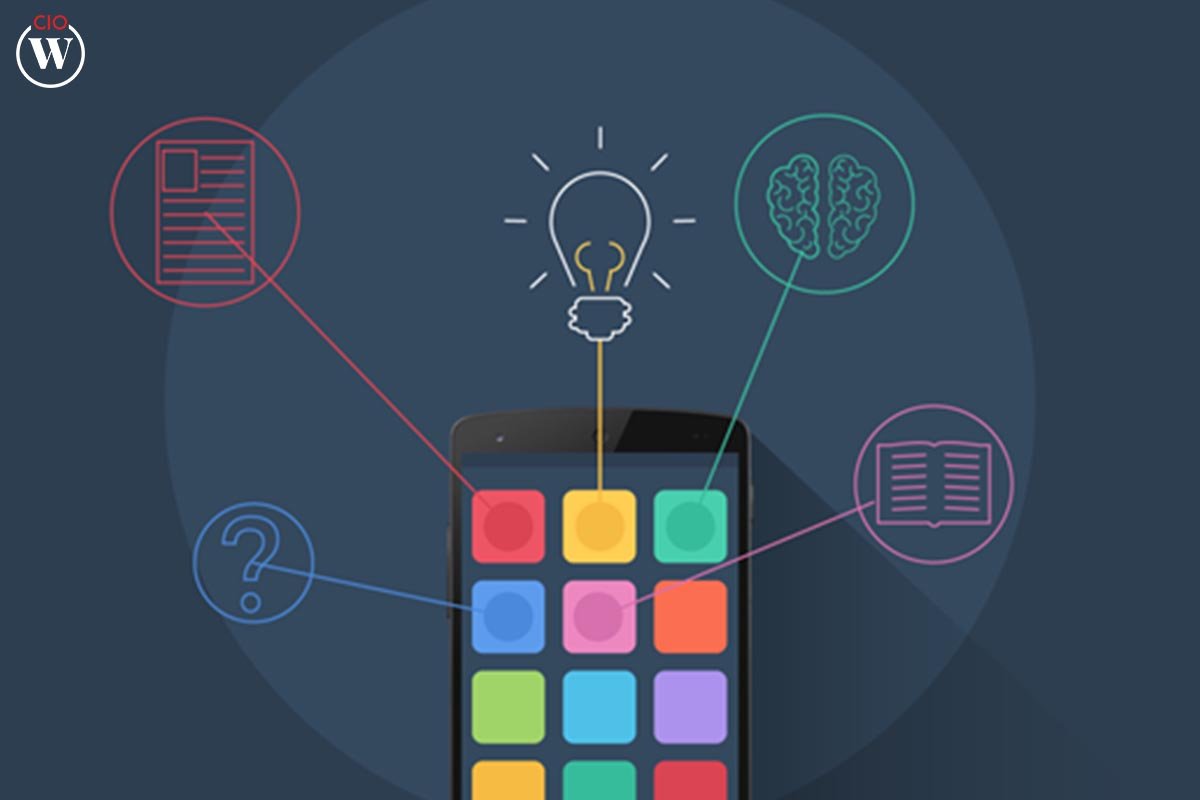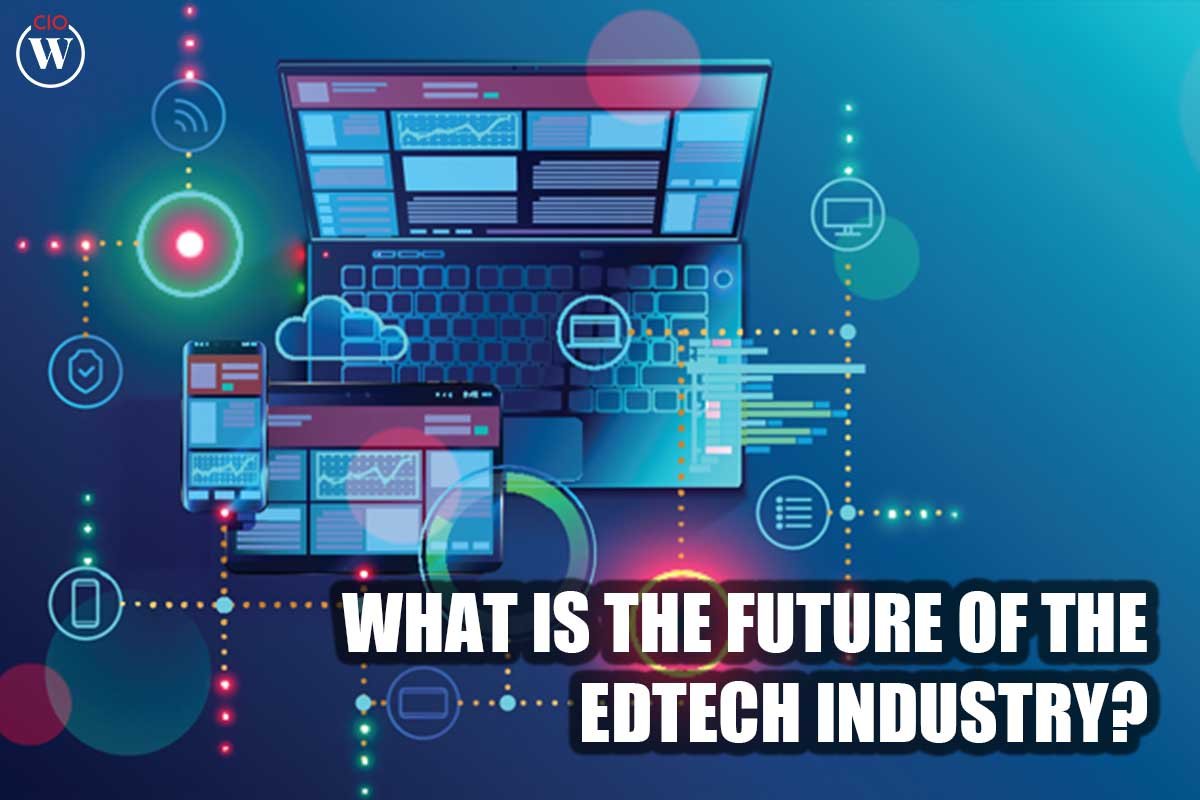You’d have a hard time finding a field that changes as rapidly as technology. It’s easy to understand how rapidly technology may become old when you consider that the average laptop only lasts between three and five years, and that’s despite the fact that it’s a pretty simple gadget compared to many of the field’s newest advances. the future of the EdTech industry, We may look to the foresight of tech pioneers, thought leaders, and authorities to get a sense of what the future could contain, despite the fact that nobody knows how the next major invention will emerge.
Top industry figures convened at a recent Global Education Summit hosted by Genius Group to exchange insights and strategies. Thousands of people from all around the world, including professors, trainers, coaches, lecturers, students, and business moguls, tuned in throughout the course of the two-day virtual event to hear from some of the most innovative thinkers on the future of education.
Here Are The 4 Ways What is the future of the EdTech industry?
1. Classroom environments will prioritize EdTech
The standard classroom configuration, in which pupils would sit in rows and the instructor would stand at the front of the room, is rapidly becoming obsolete. the future of the EdTech industry, By the year 2025, a significant number of classrooms will have developed in terms of both their breadth and their structure in order to accommodate the technology.
At instance, Ethan Dunwill, who works for eLearning Industry, predicts that there will be standing desks, private workplaces, and a greater degree of total autonomy over not just where, but also how work will be completed. Teachers of all grade levels will find it more necessary to create learning environments that facilitate hybrid and blended education as the conventional paradigm of instruction in the classroom is turned on its head.

The use of technology will be given top priority by these arrangements; for instance, students who are working on a robotics project will have access to a dedicated collaboration station that is outfitted with outlets, tablets, and other necessary equipment.
The walls of the classroom will be moveable, and the furniture will fold up in such a way that it can readily conform to the needs of the instructor and the students. the future of the EdTech industry, Students who choose to get up and walk about while participating in a virtual reality lesson will be required to do so in a safe, open place that has been specifically created to fulfill the requirements of this activity. This flexibility will also make it easier to accept virtual reality instruments.
2. AR and VR will play a greater role in learning
The use of augmented reality (AR) and virtual reality (VR) is now rather common in educational settings, and it is anticipated that this trend will continue to expand in the years to come.
The amount that is spent on advanced technology in education is expected to reach $12.6 billion by the year 2025, up from $1.8 billion in 2018, according to a poll that was conducted by the education market intelligence platform HolonIQ.
This indicates that augmented reality and virtual reality will not only become components of some classroom units; rather, they will play an important role in the manner in which teachings are learnt and presented.

According to Susan Fourteen, a writer who specializes in topics related to science and technology, educators may utilize augmented reality, for instance, to extend the physical environment of the classroom by adding video, sound, and graphics. the future of the EdTech industry, It is possible that by the year 2025, there will be an increased number of tools that have been developed expressly for this objective, making it simpler for instructors who have a little expertise in technology to convert their classrooms.
More opportunities than ever before will be available to instructors who want to use augmented reality into their lessons, whether that means bringing historical personalities into the classroom or bringing mathematical formulae to life.
3. Mobile apps will expand learning capabilities
In the beginning, mobile phones were considered to be a disturbance to the learning process; but, by the year 2025, more instructors will be using them. Educational apps, which are also often referred to as e-learning apps, may be an enjoyable method for students to practice and improve upon the knowledge they have gained in the classroom. the future of the EdTech industry, Because of this, students are also positioned to play a more significant part in assigned assignments, as well as in the paradigm of the flipped classroom.

According to the team at Clavax, a supplier of technological solutions, one of the most significant advantages of mobile applications is that users may use them whenever they want, wherever they are. the future of the EdTech industry This opens up the possibility of mobile applications being used to power adaptable and individualized learning experiences. the future of the EdTech industry, It is possible that in the not too distant future, mobile applications may be employed to facilitate more communication between educators and parents.
Apps for mobile devices may also assist educators in becoming more efficient at duties such as the creation of material, reporting, grading, and assessment of students’ work.
4. Tech will power guardian involvement
The engagement of parents and guardians has always been an essential component of academic achievement; nevertheless, it may be difficult for working parents to be as active as they would want to be in their children’s education.
According to a research by Google, modern forms of communication technology are on the verge of bringing about this revolution. To be more specific, in a society where both parents have full-time jobs in approximately half of all families with two parents, technology is required to promote interaction between parents and instructors.
By the year 2025, technology will let busy parents connect both to their children’s schoolwork and to their children’s instructors. A parent who is unable to attend a meeting with a teacher, for instance, may have a meeting held virtually in its place. the future of the EdTech industry, In the case that a parent notices that their kid is having difficulty in school, communication technology may also enable parents to have direct conversations with their child’s instructors via the use of apps in order to figure out ways to help their child.









